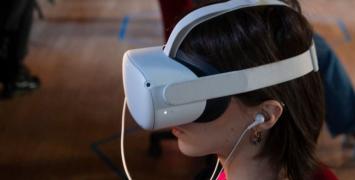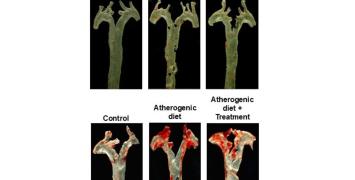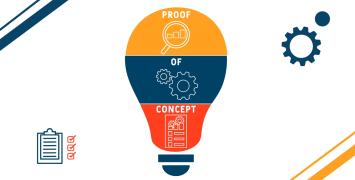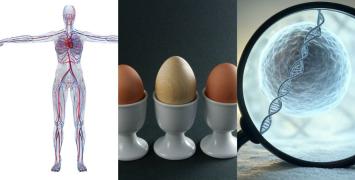Innovative vaccines and diagnostics open new opportunities for European companies
Glycans are complex sugars surrounding most of our body’s cells. They play an essential role in cell communication and within the immune system. Prof. Peter Seeberger’s ERC-funded research has focused on these important targets for drugs to develop new vaccines and therapies against infectious diseases. His results have led to several spinoffs and the creation of high-skill jobs in Germany and Switzerland.

Heparin is the most commonly used anticoagulant today to treat patients undergoing surgery or suffering from conditions such as deep-vein thrombosis and acute coronary syndrome. Naturally produced by the body, heparin has an antibacterial role, but when it is used as an injectable drug, it can have dangerous side effects. After major surgery or dialysis, a possible side effect is heparin-induced thrombocytopenia Type II (HIT-II) that can results in clots, multi-organ failure and, in 20 % of cases, in death. Although some diagnostic tools are available, faster, more reliable and cheaper methods to diagnose complications linked to the administration of heparin are necessary to improve patient wellbeing, reduce mortality and decrease health costs.
Prof. Seeberger, a renowned chemist and biochemist, has been studying glycosaminoglycans (GAGs) throughout his career. These are a large class of glycans to which heparin belongs. With the AUTOHEPARIN project, funded by an Advanced Grant, Prof. Seeberger succeeded to design a tool to chemically synthesize GAGs within days, a drastic improvement from previous methods which required months. In addition, these GAG arrays were found to be excellent tools to screen patients’ blood for antibodies. Prof. Seeberger also discovered that antibodies directed at GAGs can detect HIT-II in patients receiving heparin. This method to identify HIT-II complications quickly and more accurately started to attract the interest of clinicians.
In order to translate these findings into business opportunities, Prof. Seeberger was awarded two ERC Proof of Concept grants. The first project looked at the production of an automated carbohydrate synthesizer and defined the market potential of synthetic carbohydrates for medical applications such as diagnostics and vaccines. With the second one, he explored the possibilities of commercializing a new test to diagnose adverse reactions to heparin treatment. With 12 million patients treated with heparin and 100 000 cases of HIT-II per year in the EU, this novel diagnostic has a high market potential. Thanks to this additional funding, two spin-off companies were successfully established: in 2013, GlycoUniverse that is currently fully operational and, in 2016, Berliner Diagnostik Werke, for which a first round of discussions with potential customers and investors has been concluded.
In 2015, the scientific findings of Prof. Seeberger led to the set-up of Vaxxilon. The company, that now employs 12 people, was declared “Science Start-Up of the Year” at the Falling Walls Venture conference in November 2016 for its development of synthetic glycan-based vaccines. In the future, these new synthetic molecules could make vaccinations against infectious diseases such as multi-resistant hospital-acquired infections cheaper and easier to administrate and thereby also improve access to vaccines in poorer countries.
Prof. Seeberger says: “It is an immense challenge to translate basic science into commercial applications. For me as a scientist, this dream is coming true thanks to trust and the funding by my employer, the Max-Planck Society and by the ERC”. Both in 2015 and 2016, the researcher placed among the top on the list of 100 most influential people in the field of drug development published by the British journal Medicine Maker.
This article was first published in ERC Annual Report 2016.






